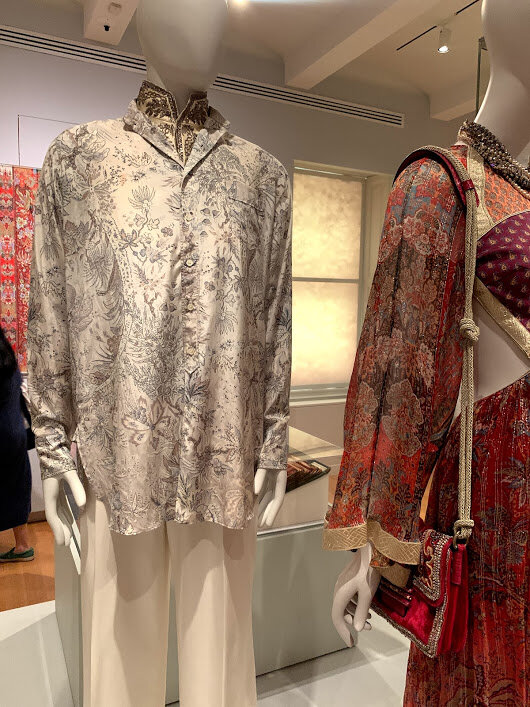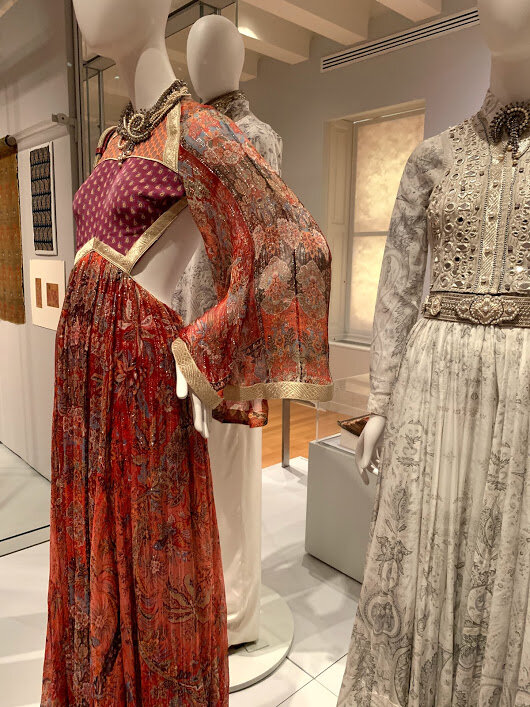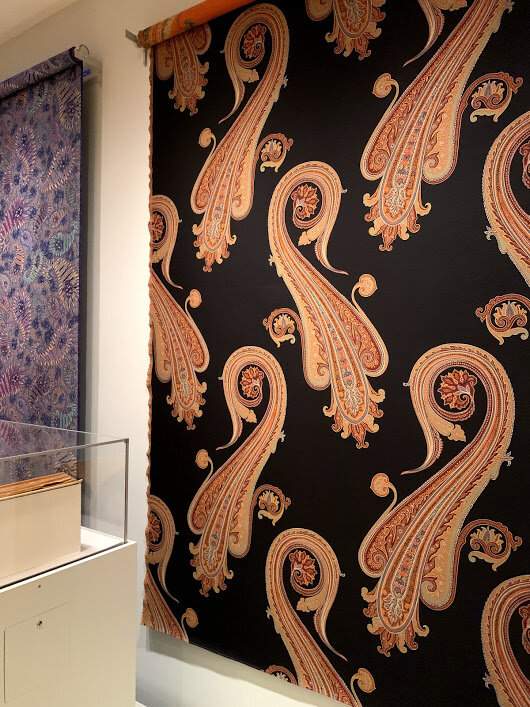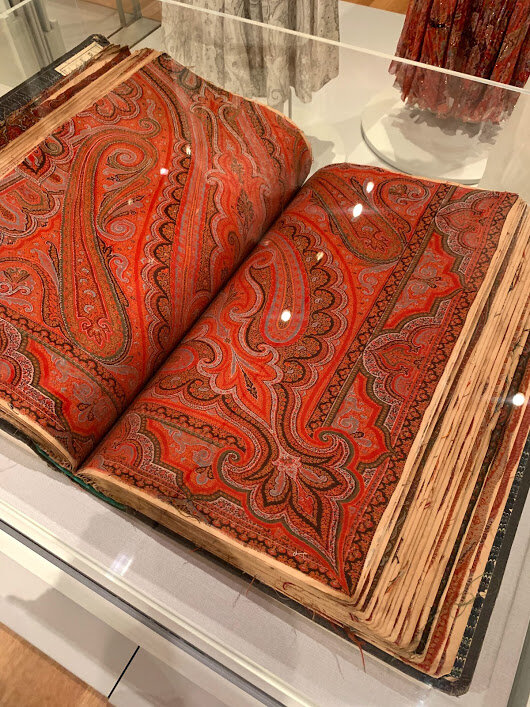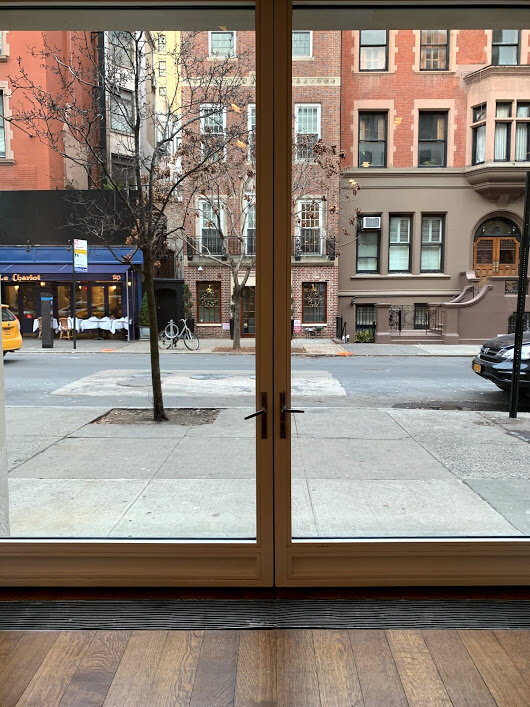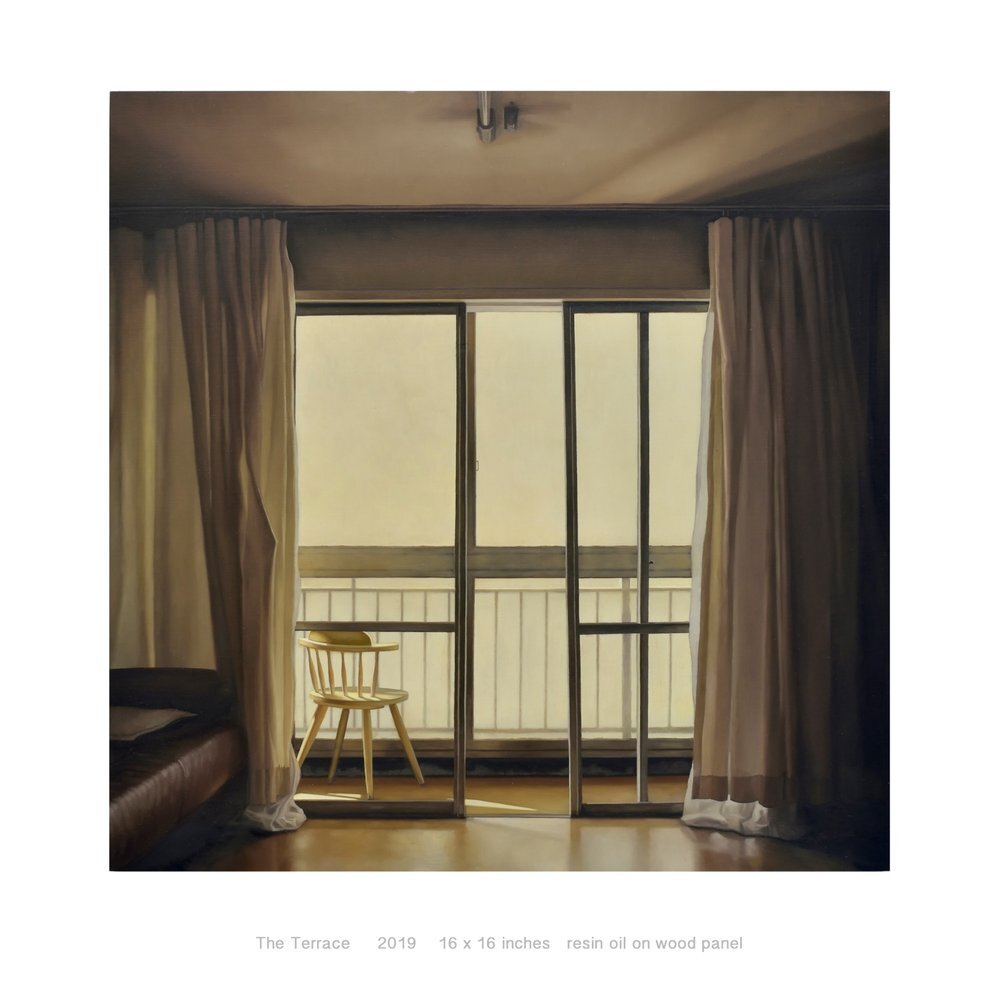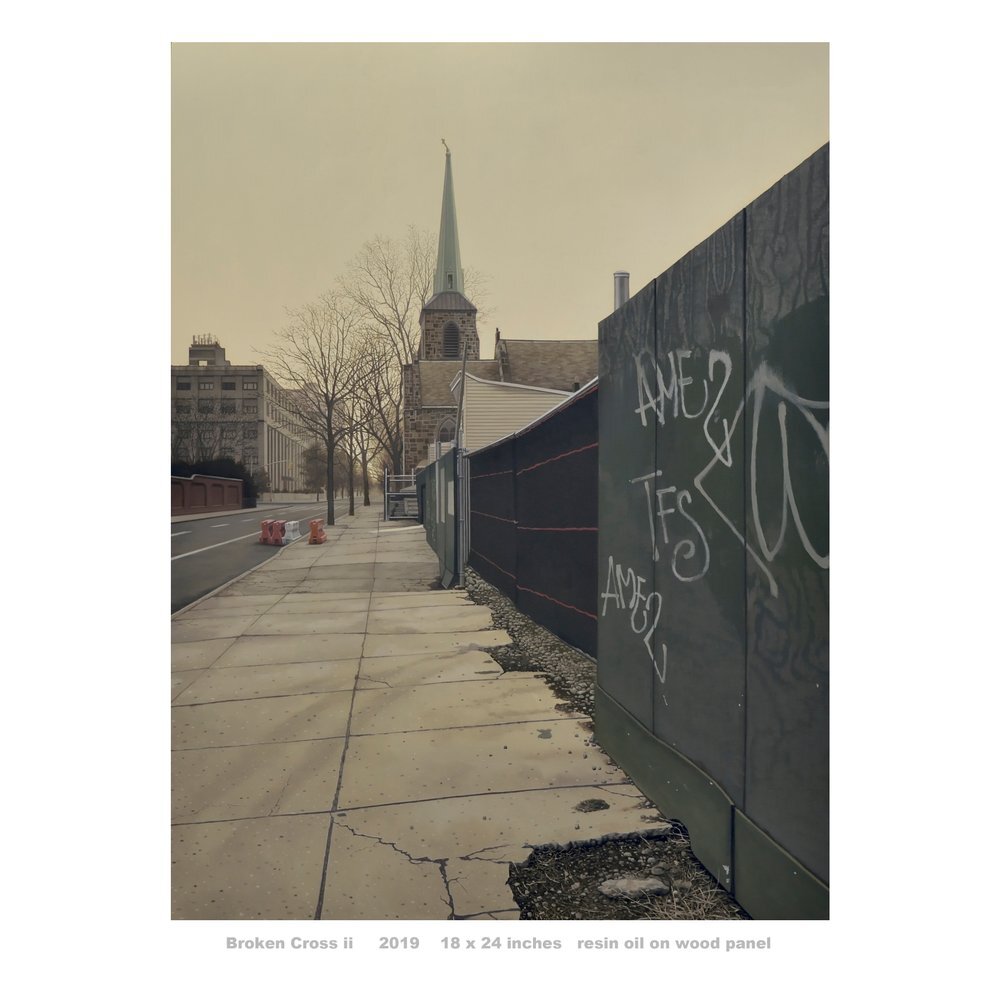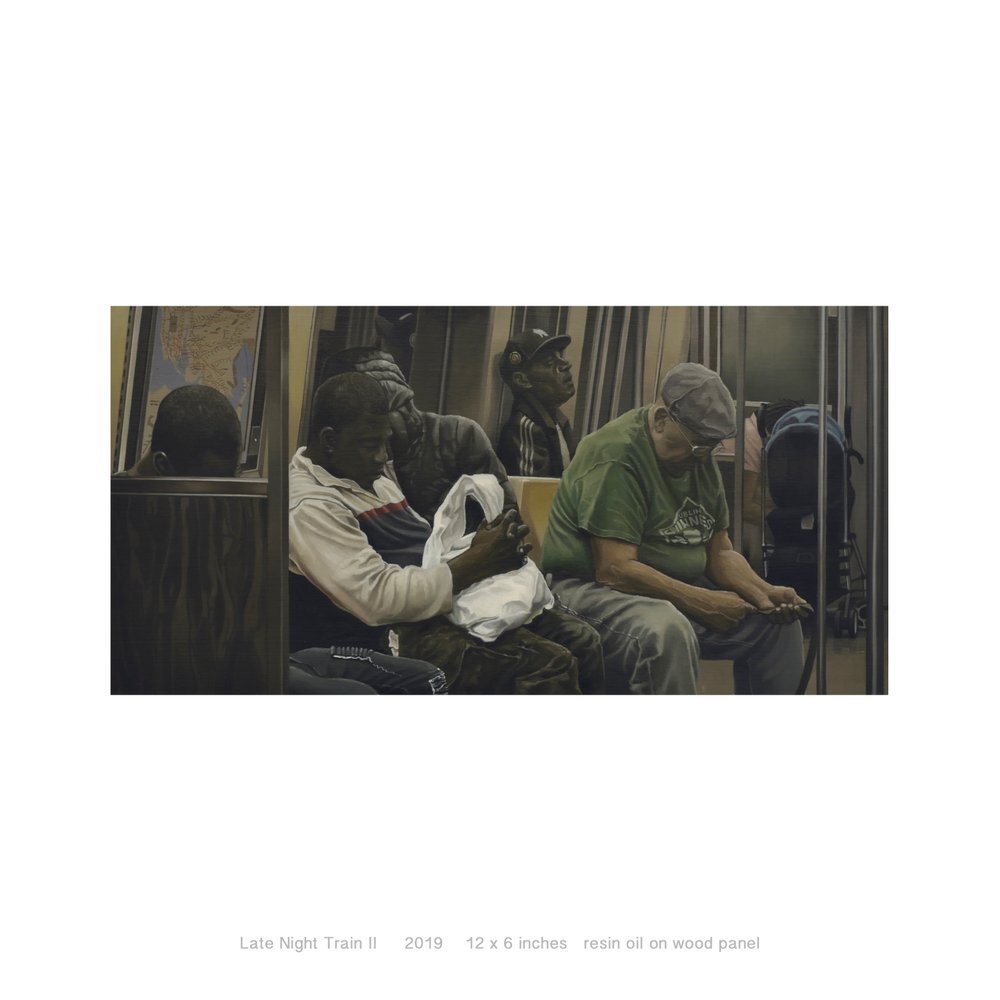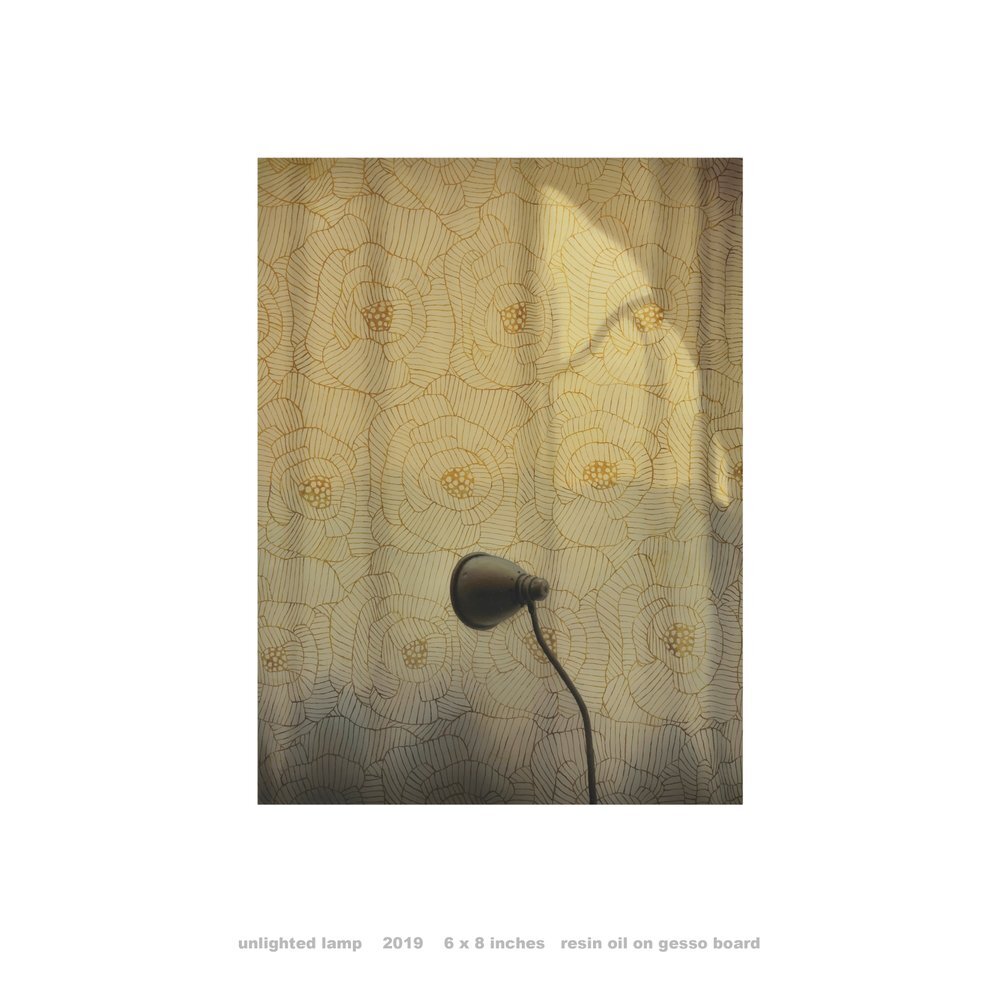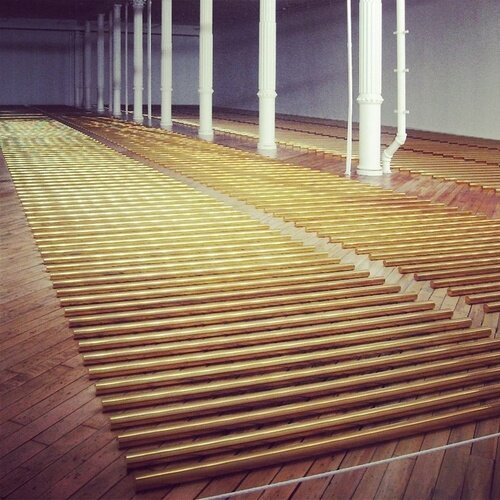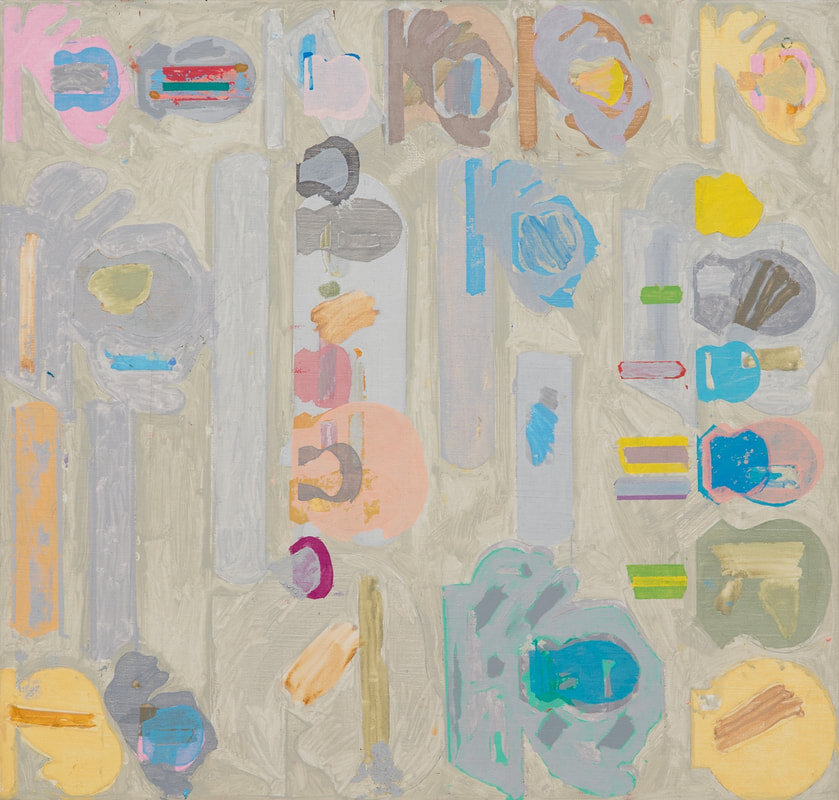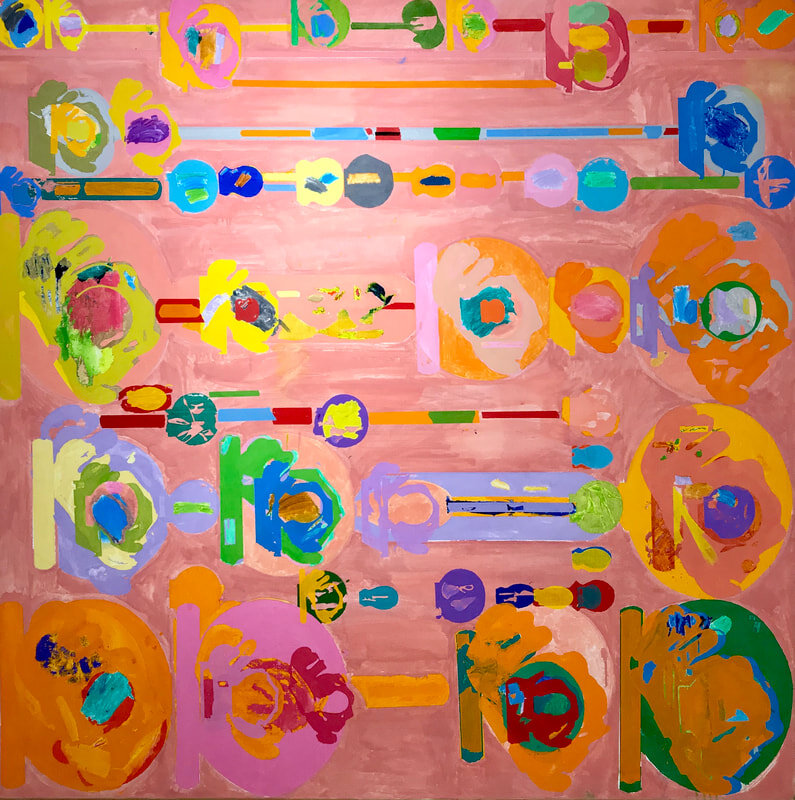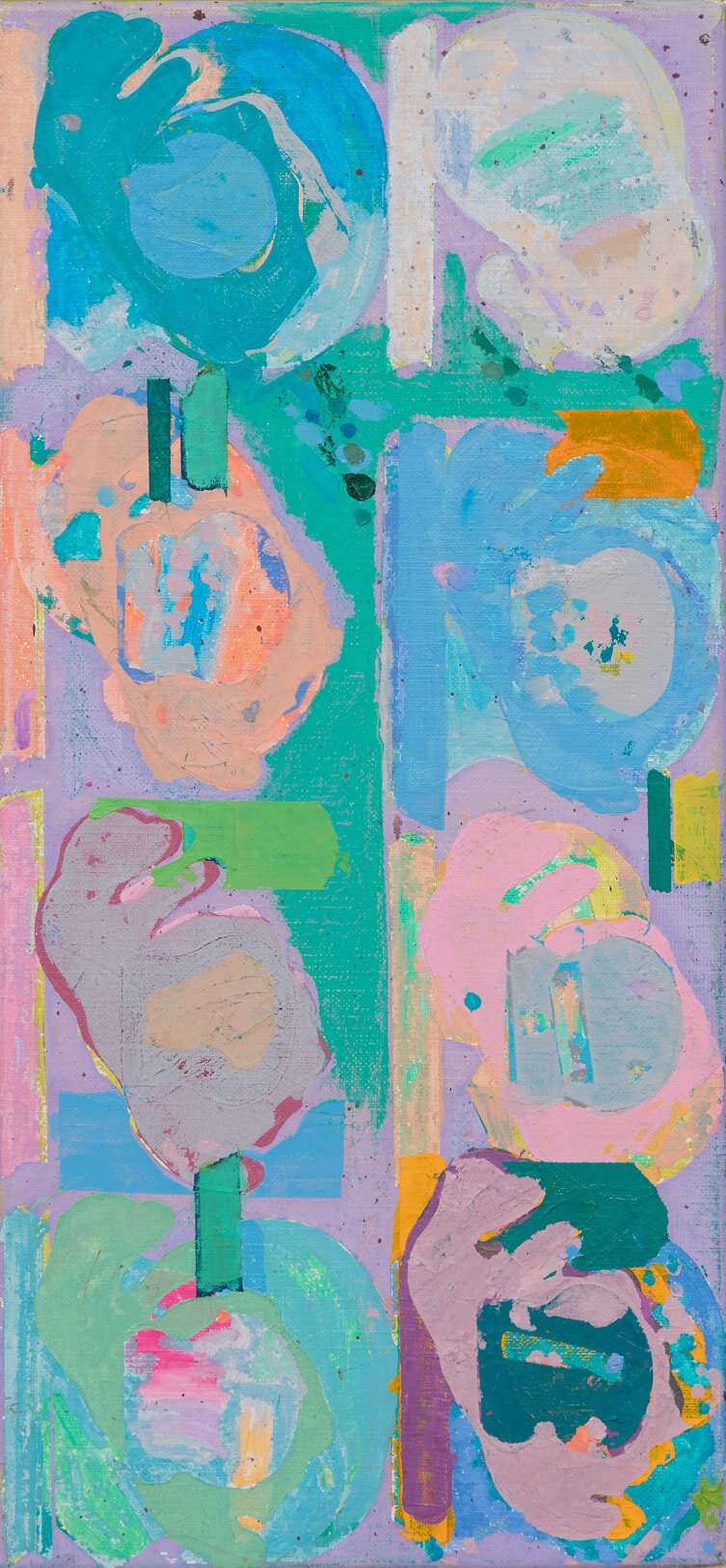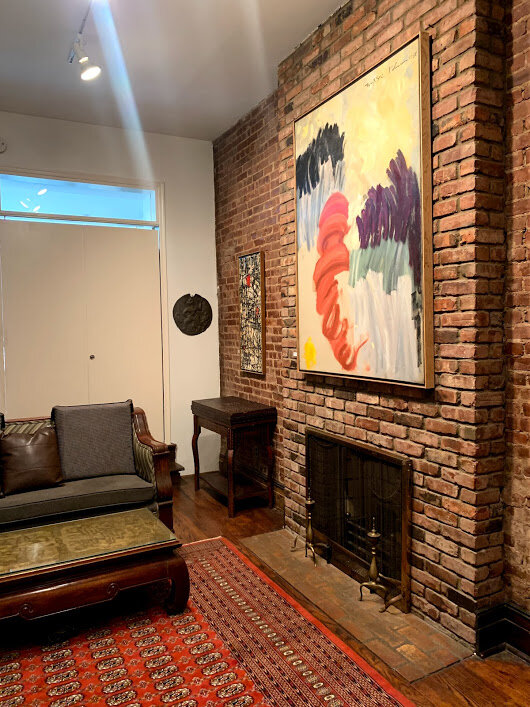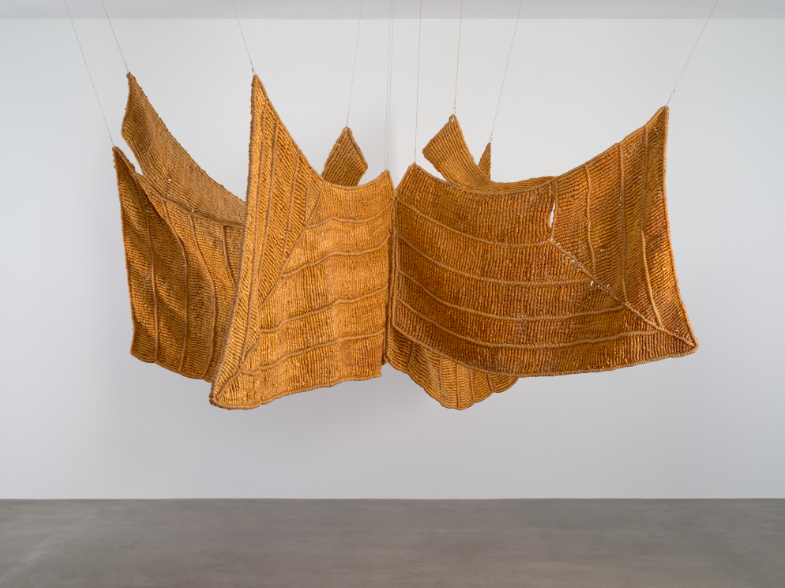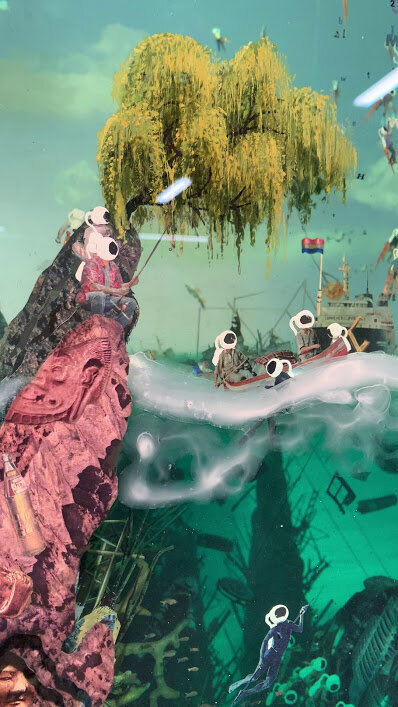by Eileen Le Guillou
This past fall and summer, Jody and I discovered some incredible new galleries and artists and revisited our favorites.
Cooper Hewitt Design Museum
In June we visited one of our favorite museums, The Cooper Hewitt (where Jody’s own designs are housed as part of the permanent collection). The standout exhibits were on the Paisley Print and Embroidery as part of their Nature by Design series. Rooted in the form of flowering plants, paisley has appeared in fashion and interiors for centuries across Persia, India and Europe. Designers continue to adapt the motif, and the exhibition did an incredible job showing its many forms from traditional to modern.
As a theme, I recall Jody talking about this concept of mixing the old and new years ago. Traditionally, exhibitions and galleries narrowly focused on a subject or artist, often confined to a limited time period. Her idea, that she incorporates into her own designs and interior and fashion styling, is to use a design philosophy and criteria independent of time: great craftsmanship, clean lines mixed with embellishment and visual excitement through texture. These criteria apply to any styling and era.
A standard embellishment for men’s dress in 18th-century France was embroidery, used to raise the floral form. This required painstaking craftsmanship and perception. In addition to flowers, animals and insects, cultural references were incorporated into the designs as conversation starters. This level of detail and the quantity of precious materials used makes these pieces so spectacular and nearly impossible to reproduce.


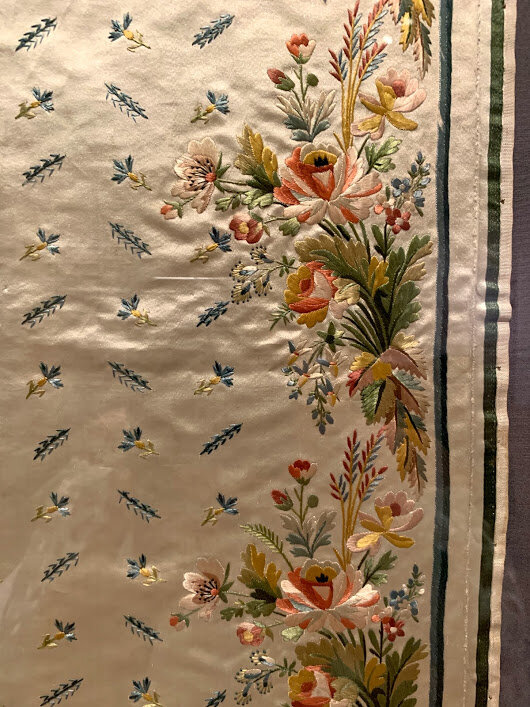


Hauser & Wirth - London and New York
Hauser & Wirth is one of my favorite contemporary galleries. They are consistent in featuring innovative ideas and materials, maintaining beauty through vibrant colors and light, and yet manage to avoid campiness or overhyped provocativeness. Recently in New York at the Upper East Side gallery, a striking exhibit from Alina Szapacznikow.
Born in Poland to a Jewish family in 1926, Alina Szapocznikow survived internment in concentration camps during the Holocaust as a teenager. Immediately after the war, she moved first to Prague and then to Paris, studying sculpture at the École des Beaux Arts. In 1951, suffering from tuberculosis, she was forced to return to Poland, where she expanded her practice. When the Polish government loosened controls over creative freedom following Stalin’s death in 1952, Szapocznikow jumped into representation. By the 1960s, she was radically re-conceptualizing sculpture as an intimate record not only of her memory, but also of her own body.
https://www.hauserwirth.com/artists/16711-alina-szapocznikow
In August I had one day in London and prioritized a visit to the Savile Row location.
The first favorite was by László Moholy-Nagy, who’s “approach, embracing new technologies and modern materials – alongside his utopian optimism for the future of design and society – came to define the Bauhaus ethos”.
In an astute quote he predicts ‘a knowledge of photography is just as important as that of the alphabet. The illiterates of the future will be ignorant of the use of the camera and pen alike.’
https://www.hauserwirth.com/hauser-wirth-exhibitions/23550-laszlo-moholy-nagy-2
.For the artist, the use of geometric forms, spray paint, photomontage and typography reflected the dynamic experience of living in the modern era which required a new visual language.
Next door, Keith Tyson’s 2019 photorealistic paintings blew me away, not to be overshadowed by his equally brilliant but saturated and dense pop paintings. He manages to reflect on our contemporary world without oversimplifying or utilizing cliches.





George Billis Gallery
On the subject of photorealistic painting, Jody discovered Yongjae Kim at the George Billis gallery, who skillfully paints the mundanities of urban life and explores human relationships (or lack thereof) amidst physical closeness. A 21st century Edward Hopper with a sepia filter and maximum sharpness.
DIA Broken Kilometer
Jody visited a Soho staple since 1979 - the Broken Kilometer by Walter de Maria at Dia- featuring 500 solid brass rods. A key note is that the rods are placed further and further apart to manipulate perspective so the lines stay parallel, rather than converging at a vanishing point. Not pictured but worth a visit is the New York Earth Room, which is exactly what it sounds like - a loft full of 250 cubic yards of dirt. Next time you pass by the unassuming fronts at 393 West Broadway or 141 Wooster, walk in.
Anita Shapolsky Gallery
This summer Jody and I discovered Anita Shapolsky’s namesake gallery and had the pleasure of meeting her. In addition to her sharp eye, we were drawn to her Upper East Side gallery townhouse. Built in 1899, it has not been gutted and provides a refreshing backdrop to the artworks in contrast to the ‘greige’ minimalism of contemporary galleries and museums. Below, artworks by Betty Parsons (who had an influential gallery of her own) on display at Shapolsky’s Soho location, and a sneak peek of the uptown space.
R & Company
Another favorite, R & Company celebrates brilliant craftsmanship. Still on display until January 3rd are works by itoaya and George Rickey, curated by Elizabeth Essner for New York City Jewelry Week.
(new) MoMA
The MoMA has been updated. The core foundation remains the same, and while some clever reflection areas and intimate galleries have been added, the layout has been turned into a maze. On our way to the museum, mom and I couldn’t help but admiringly discuss the lavish works of Vuillard, one of her favorite artists and like her, influenced by Japanese art. Strangely enough, his painting was featured in the first exhibit we walked into: ‘Taking a Thread for a Walk’, on display until April 2020. Like the Cooper Hewitt, the MoMA has introduced historical works to present context for the modern pieces. Though opulent and out of line with their usual aesthetic, in a room full of Anni Albers, the painting both depicts the process of weaving, showing three women stitching and weaving yarns, and itself resembles an embroidered tapestry. Another standout piece was by Aurelia Munoz who utilized macramé knotting, a long-dormant handweaving practice rooted in ancient Arab traditions. Macrame originated as a boating knot, and was brought home by sailors with women then using the technique to make items and art.
I have a specific, favorite type of art - the early work of someone who later becomes known for an iconic, singular style such as Picasso’s realist paintings before cubism and the Spanish Civil War, Pollock’s own Picasso-like figures before drip painting, and Monet’s caricatures before impressionism. As if going back in time with them before they knew what they would become, you glean hints of their personality and inspirations, and explore why they changed, when they became truer to themselves. See Monet’s brilliant caricature below, more to come in the next blog.
caricature by Monet
Another artist who transformed and one of my favorites, Rothko gave us a peek into his inspirations with the surreal, figurative allusions of Miro and it was such a treat to see. On a familial note, my great uncle Gustave Harrow - as the former assistant New York State Attorney General - represented Rothko’s children in a landmark case against Rothko’s Foundation executors. The executors were forced to return paintings to the Rothko family and through the proceedings Gus uncovered details of fraud and theft rampant in the art world. Gus was known as a leader in artist legislation and protection, later representing Richard Serra.
https://www.nytimes.com/1990/07/04/obituaries/gustave-harrow-is-dead-at-60-assistant-state-attorney-general.html
Mark Rothko Slow Swirl at the Edge of the Sea 1944
Dustin Yellin
Last but not least, a gathering at Dustin Yellin’s gallery. Dustin is the founder of our favorite cultural hub, Pioneer Works, and I dedicated an entire post to his own works earlier this year. We reinspected his mind-blowing worlds and had a chance to admire his personal collection of artifacts.





